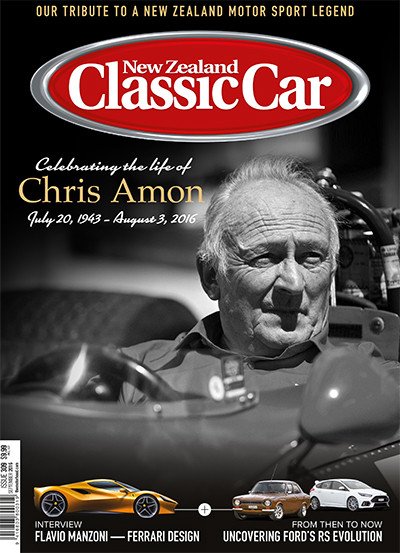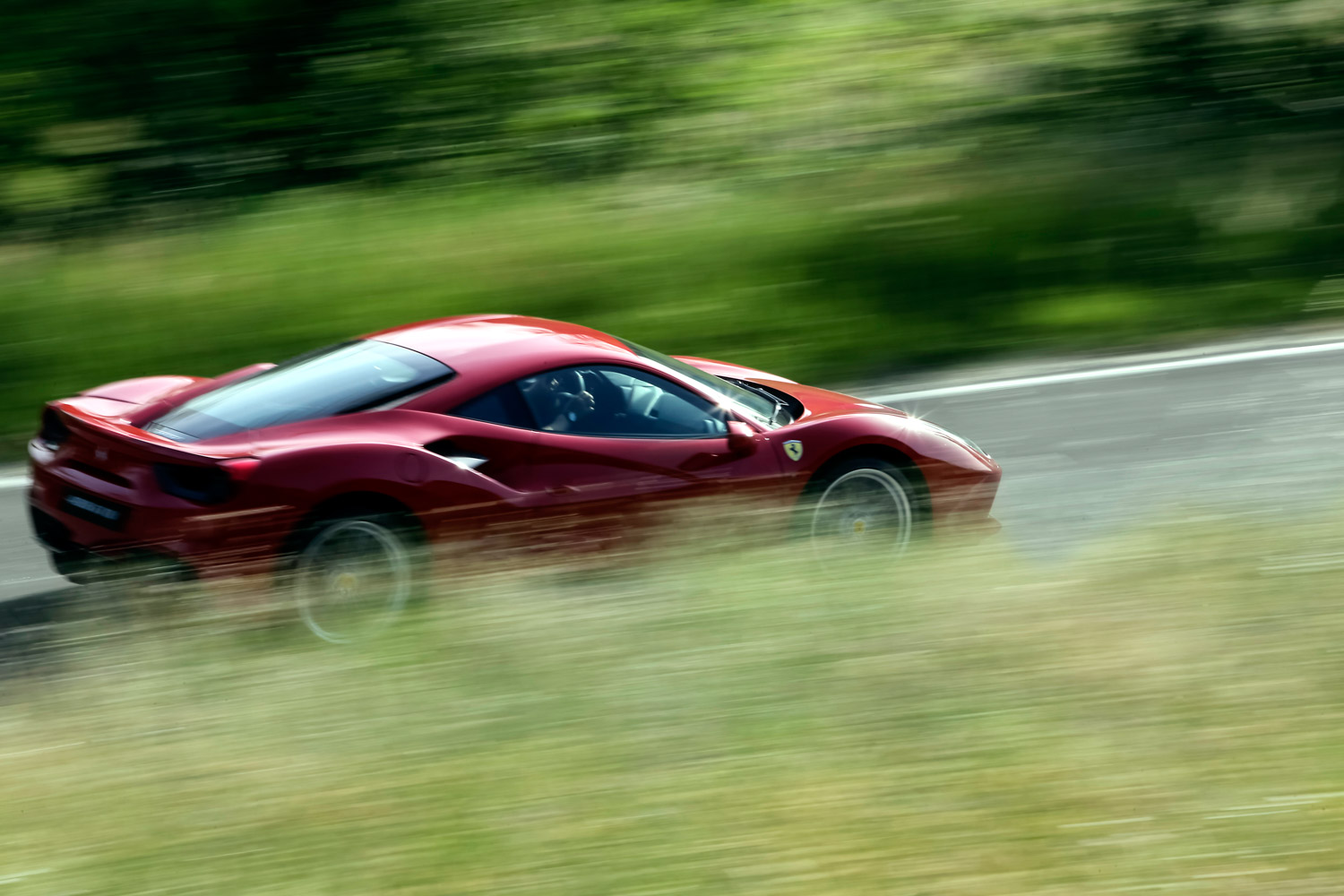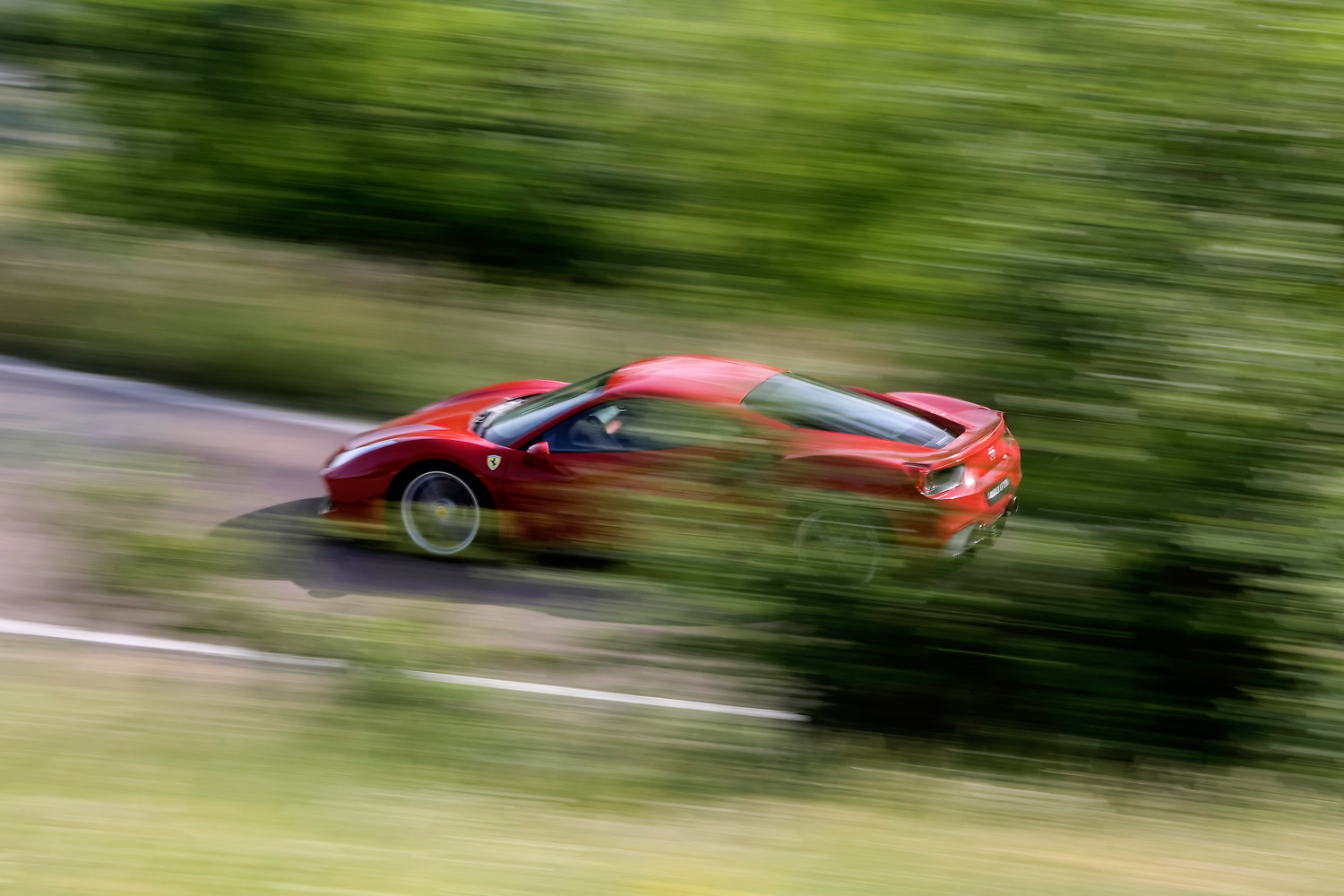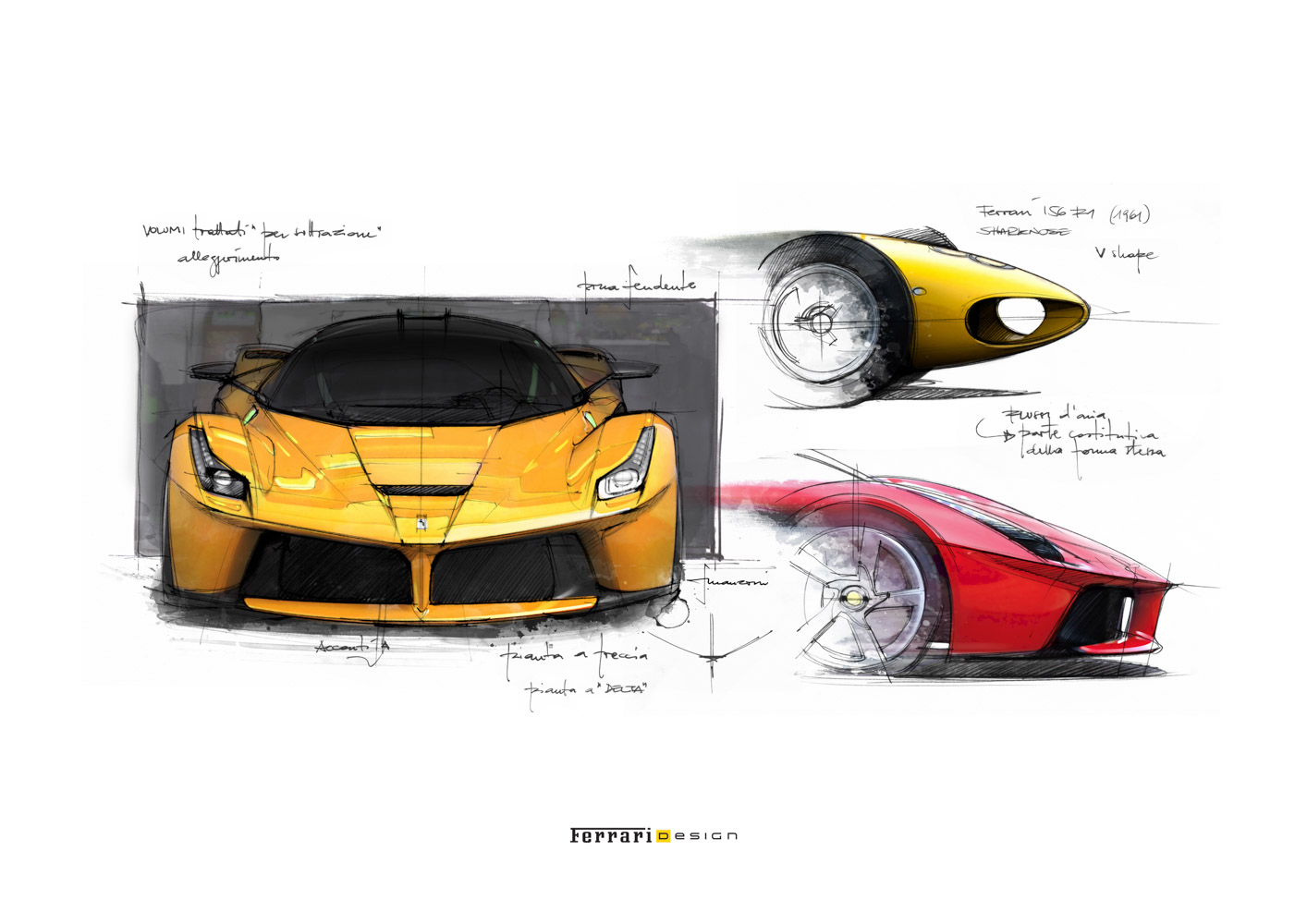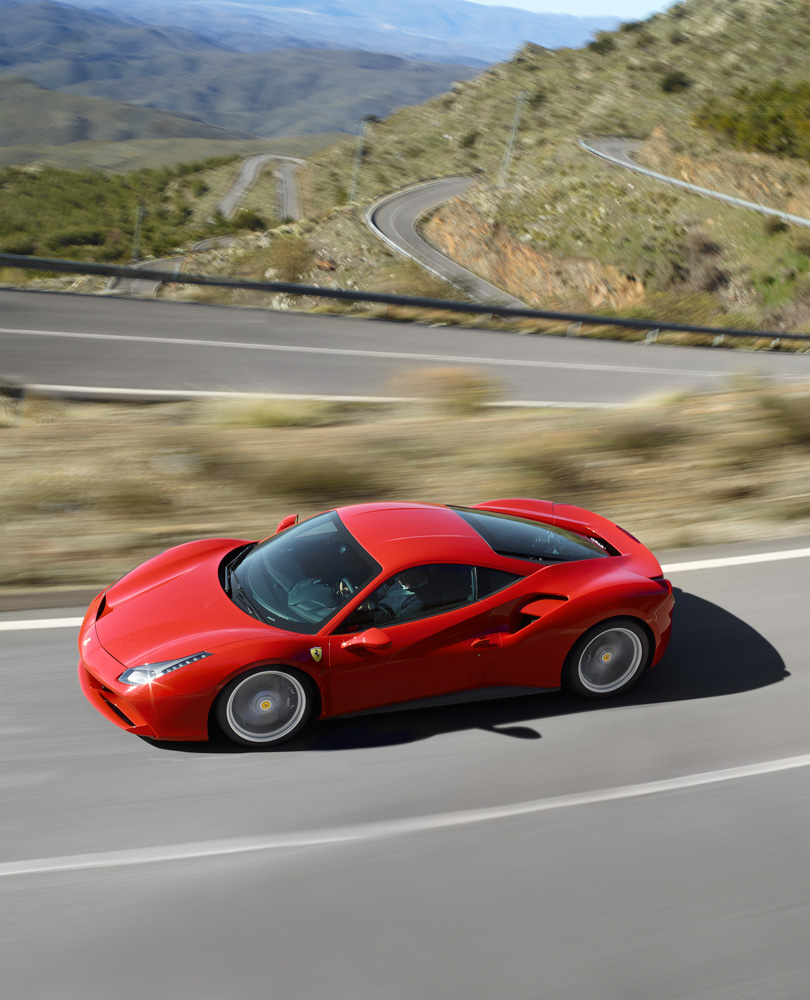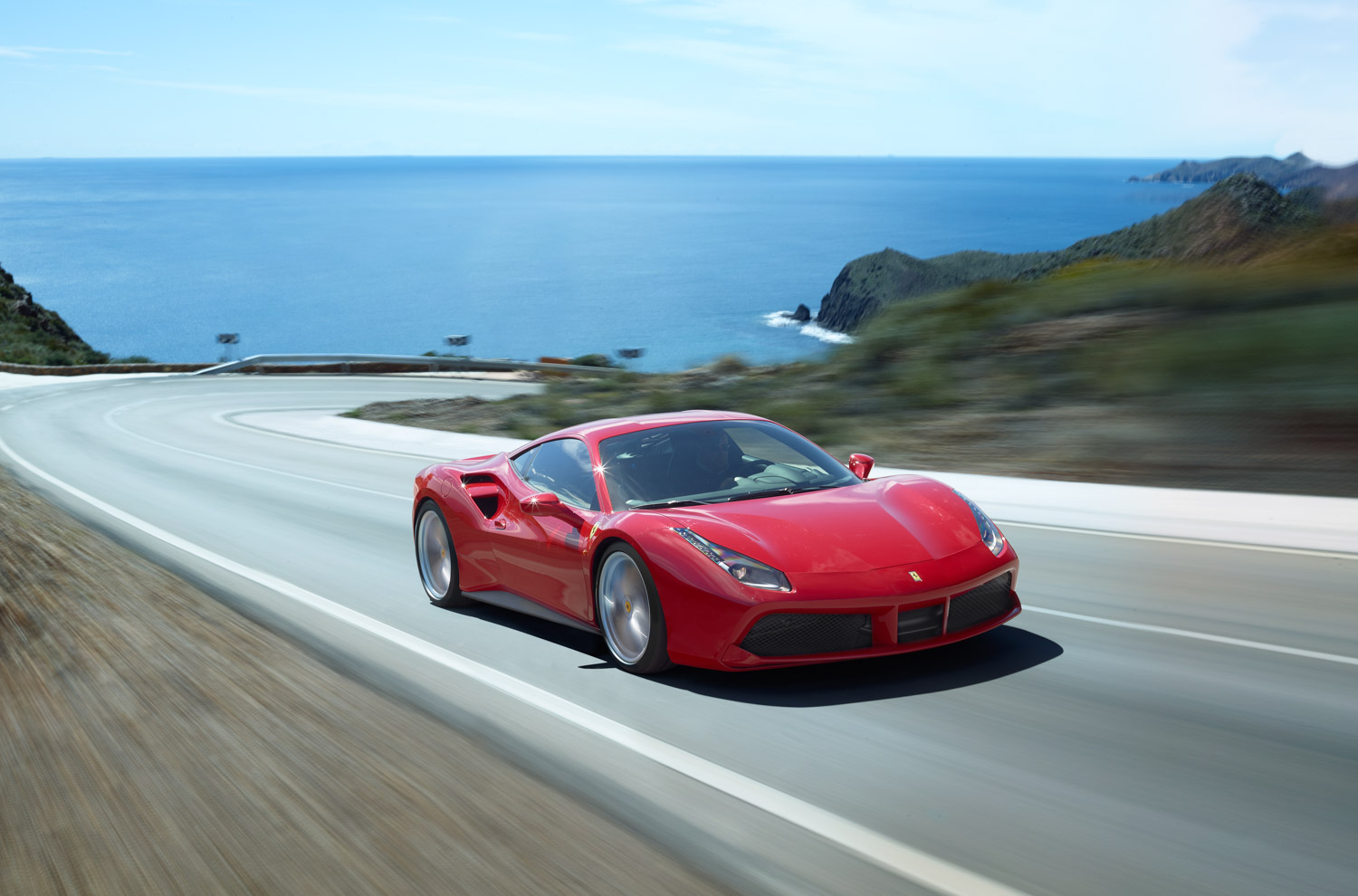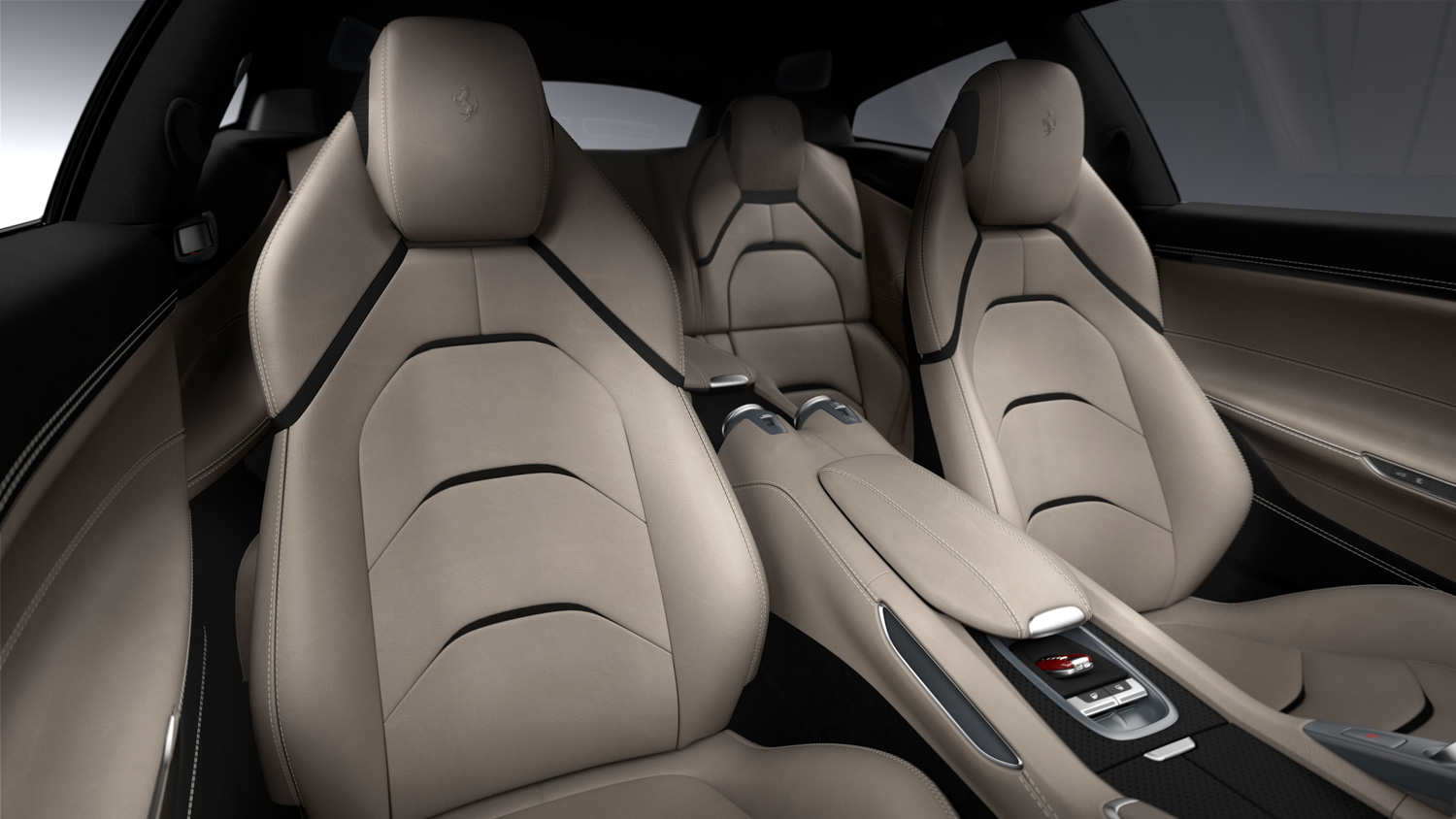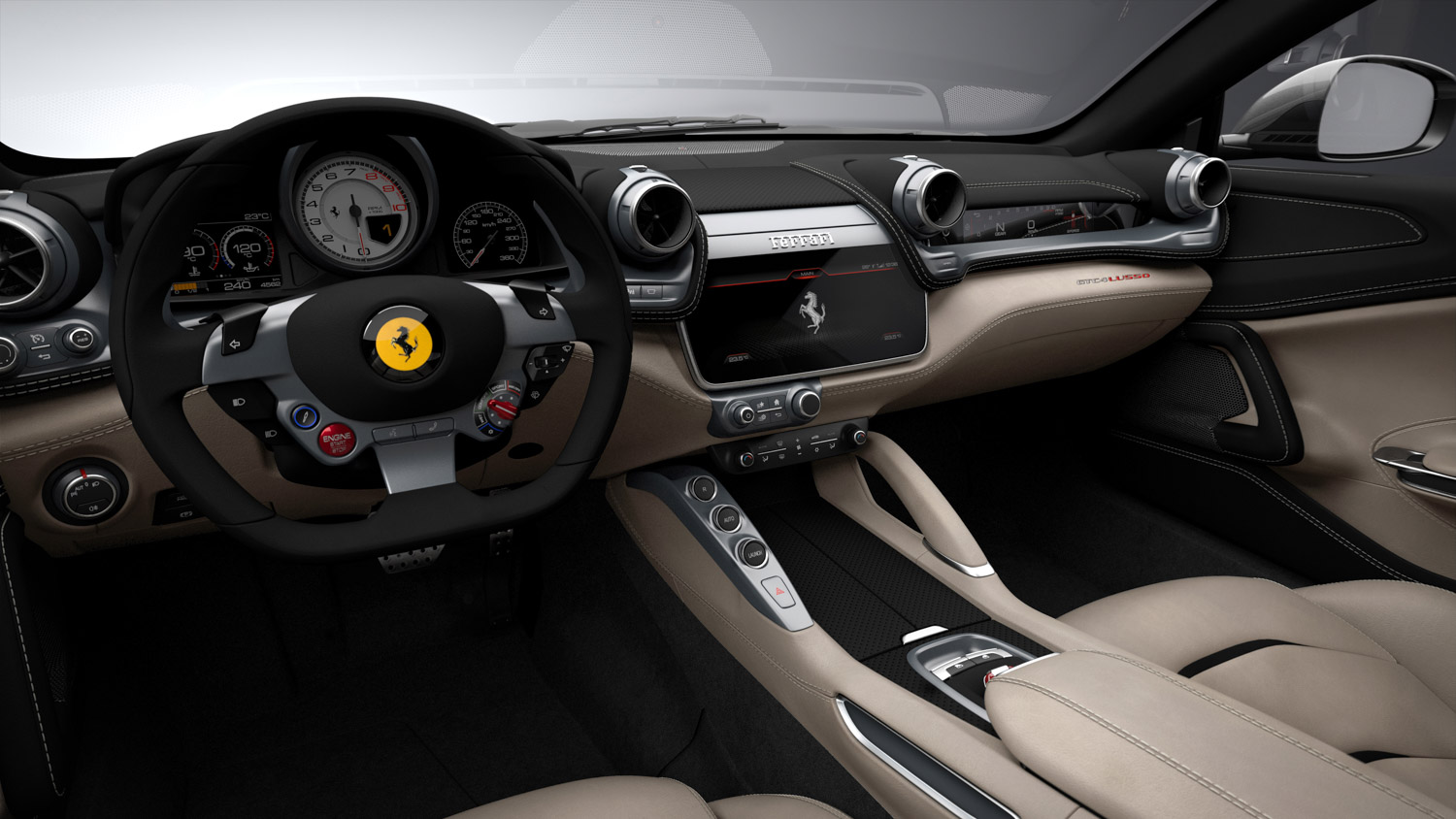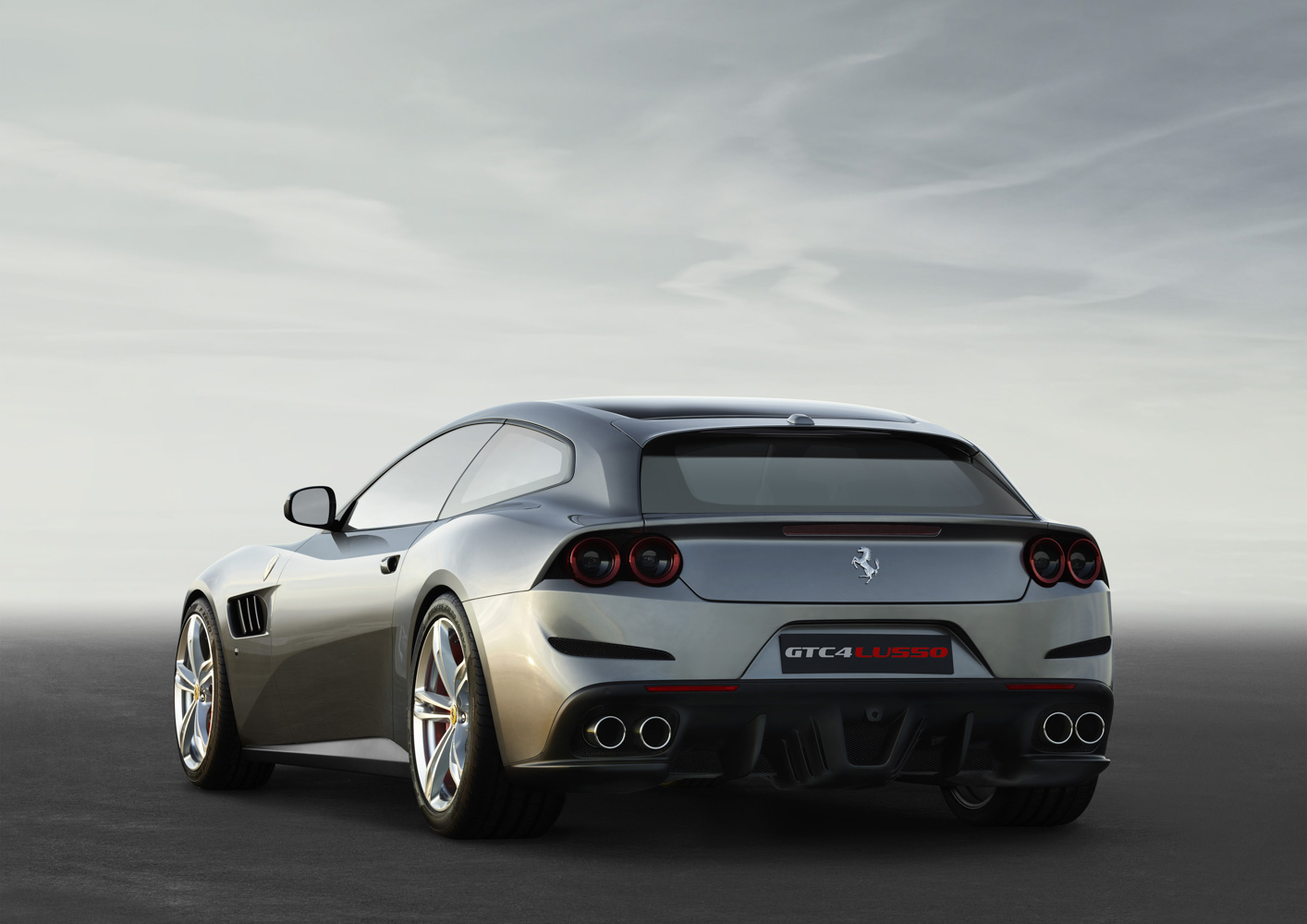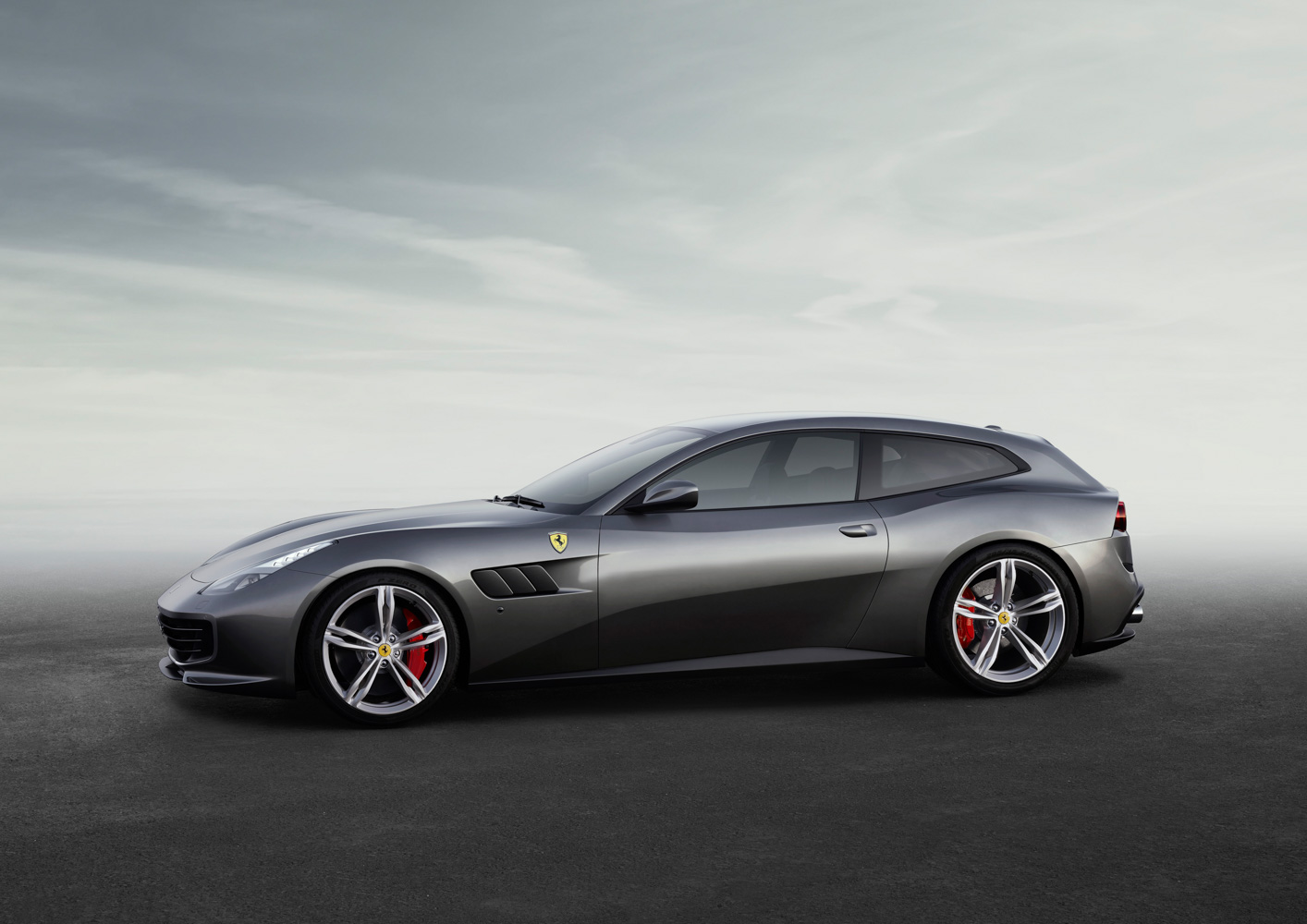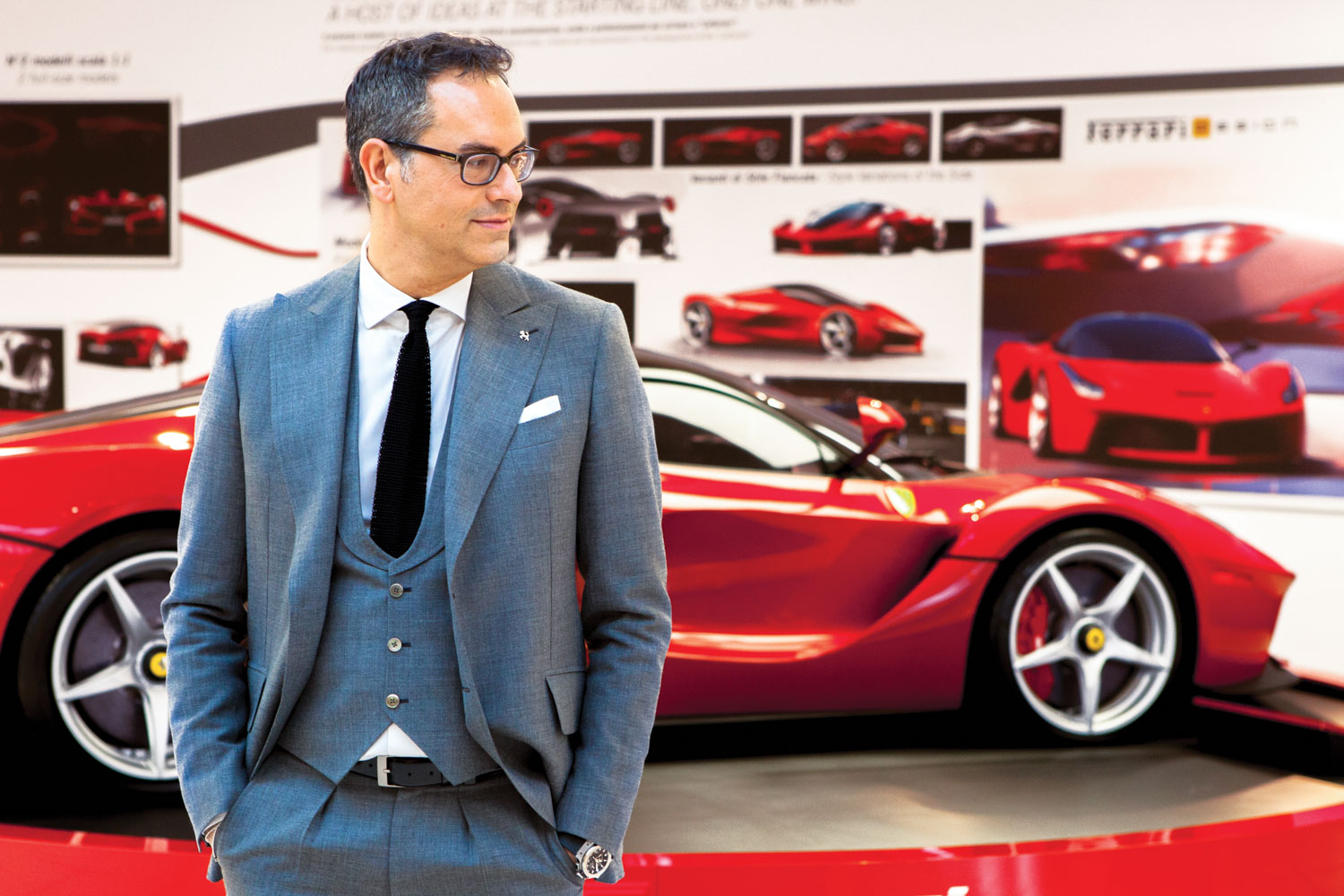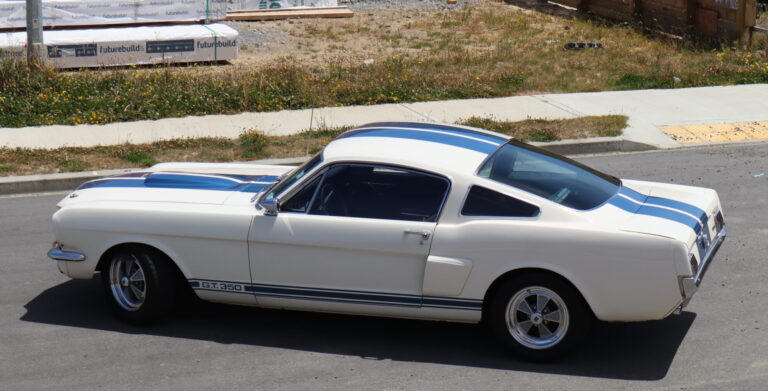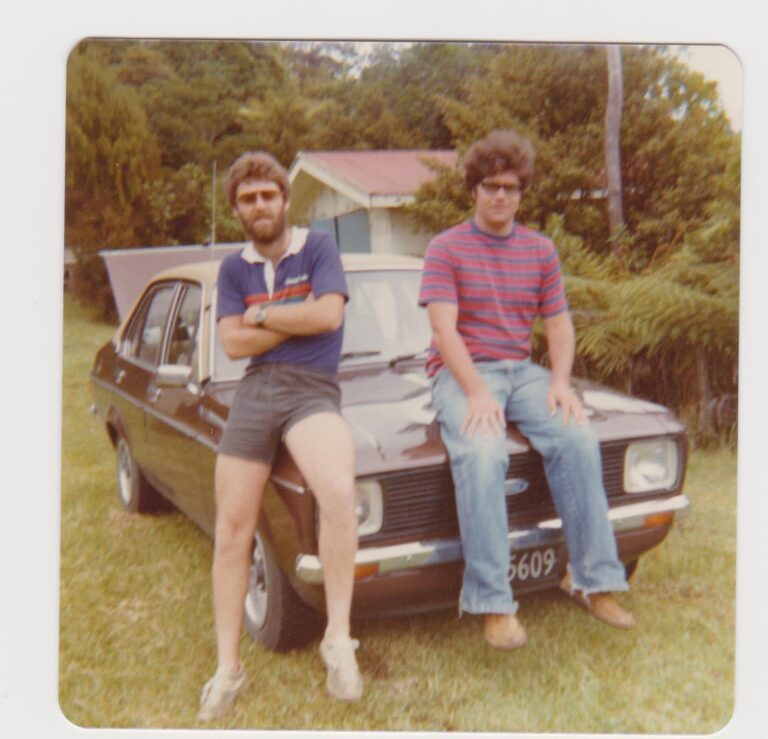In a rare interview with Head of Ferrari Design Flavio Manzoni, in the September issue of New Zealand Classic Car, he explains, “There is a very nice phrase of Renzo Piano, the famous architect, that explains that the design is something in between the prudence of tradition and the courage of the future. So it’s always a balance between the two, so you cannot forget such an important history like the Ferrari history, but we have to be really creative in order to imagine that possible evolution, possible transformation of the design, the Ferrari design in a very natural way. So we have also, with our new projects, to anticipate somehow the development of the car industry with very excellent products, so we have to be courageous and respectful at the same time.”
To read the full fascinating interview with Flavio Manzoni, get your copy of the September issue of New Zealand Classic Car here. For now, check out the gallery of Flavio Manzoni and his designs.
